Knowing What’s Wrong
It was an overcast, soon to be rainy morning, perfect for backing our car and truck out of the garage to make room for a fresh woodworking project. At the top of my long list was a low bench that would serve as both a coffee table and a footstool in front of a pair of our deck chairs. Knowing the sun would immediately attack whatever wood I selected, I opted not for quartersawn oak and glue, but for pressure-treated pine and exterior screws typically used together when building decks.
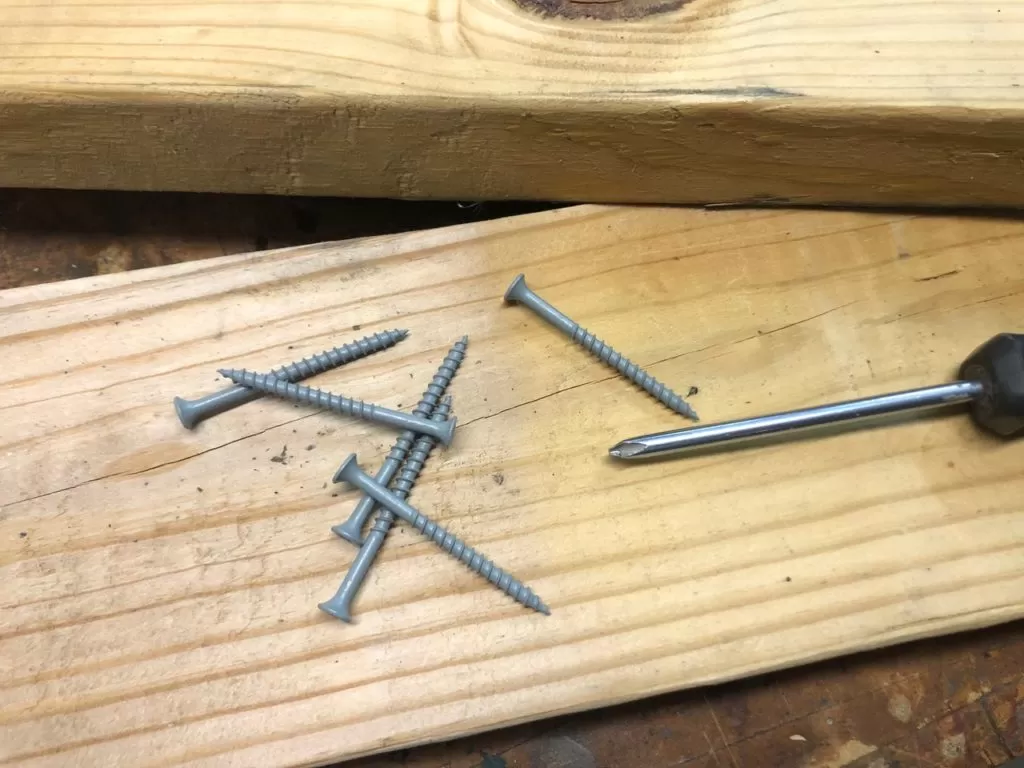
This project was so insignificant that I didn’t think it would warrant a column here, so I didn’t take any pictures as I began to measure, cut, and assemble my 48” x 18” bench. Being such a basic project, within a couple of hours my outdoor bench was nearly complete. I rounded the four corners, gave it a quick sanding (remembering how much I dislike sanding!), and the first of three coats of an exterior penetrating oil finish.
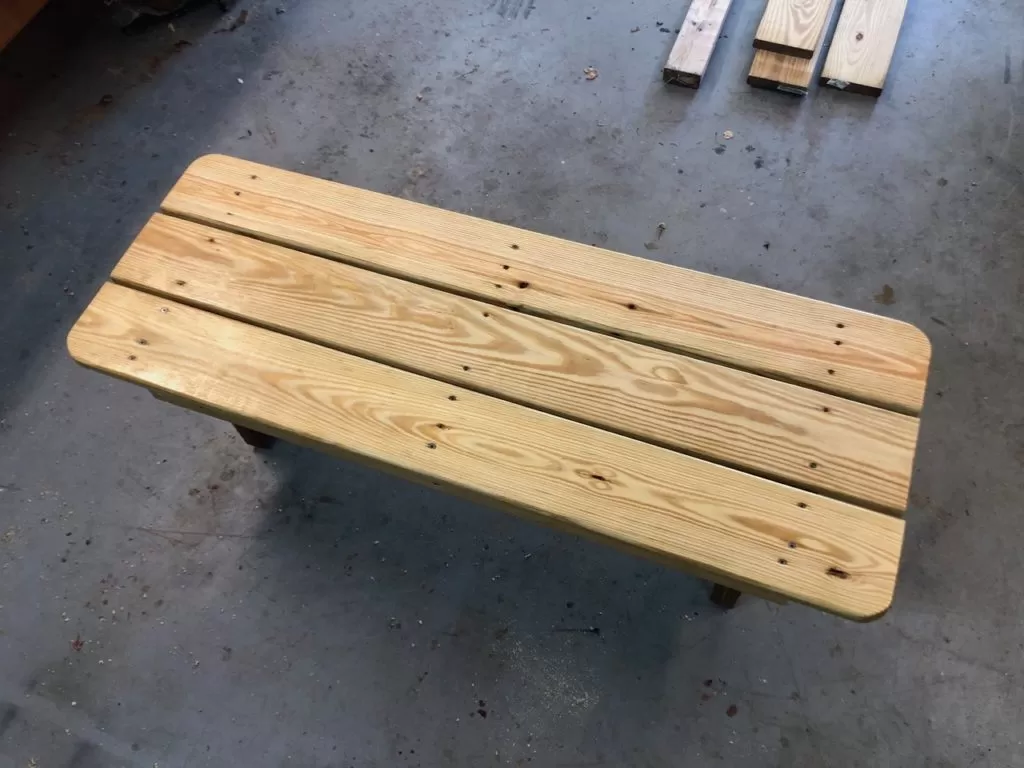
Finally, I did what I should I should have done an hour earlier: I walked outside, turned around, and walked back into the garage, judging the bench from a distance as if I was seeing it for the first time.
That’s when I could see my mistake.
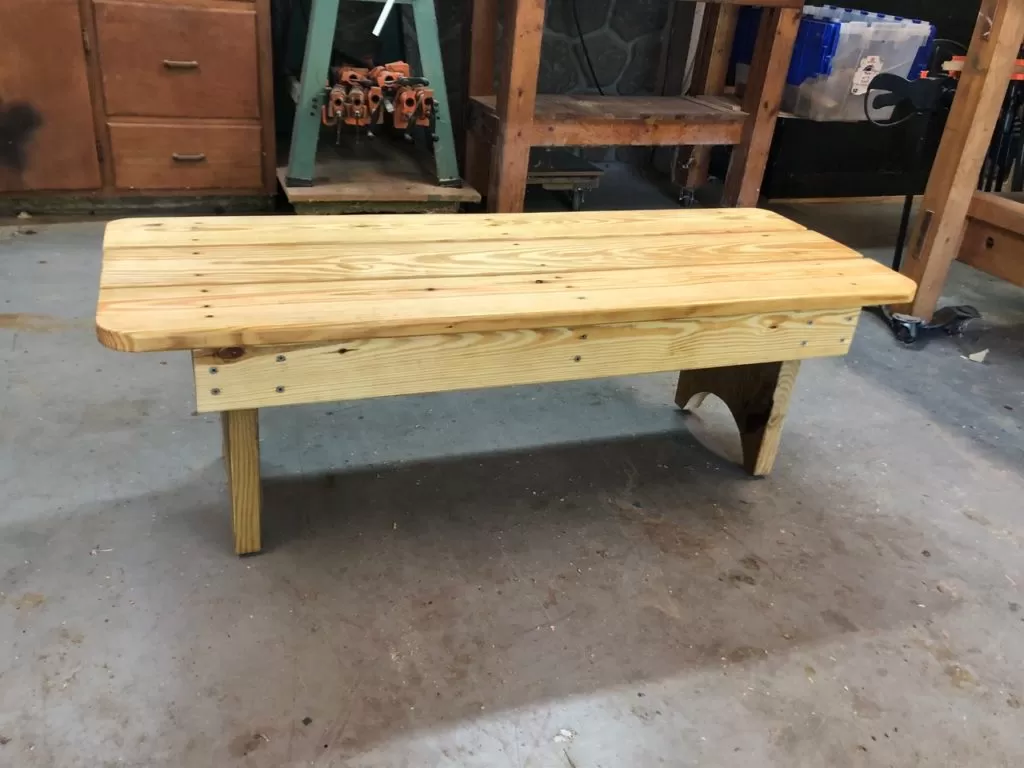
The proportions were fine: 48”l. x 18”w. x 16”h., but my last addition – that of the 1”x4” skirt –proved to be a major distraction. It made the bench look clunky and top-heavy. At first, I thought I could live with it, but inside I knew it would always bother me. For a few minutes I debated whether or not to simply remove both skirts, knowing if I did I would have to fill and disguise several of my fresh screw holes.
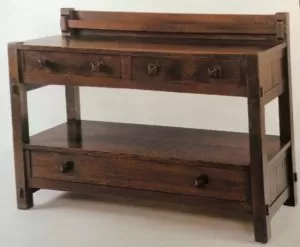
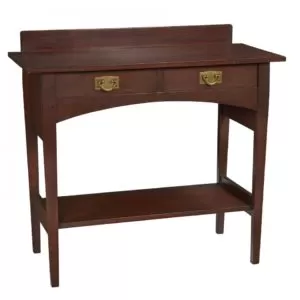
But then, I could hear Harvey Ellis, back in September of 1903, standing in their small, dusty Syracuse workshop, studying one of their new designs before saying to his boss, “Gus, it needs an arch!”
And so did my bench.
I backed out each of the screws holding them on, scribed an arch nearly the length of each of the two skirts, and cut it out with my sabre saw.
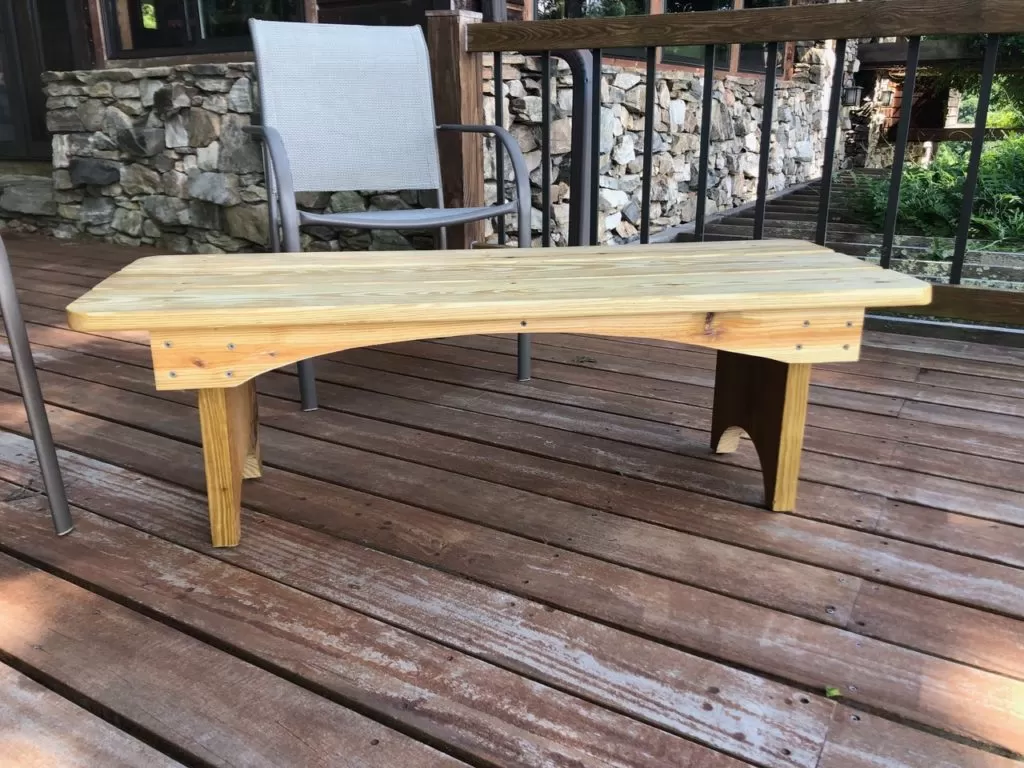
Fortunately, the extra step only took a matter of minutes, and the difference will make it much easier for me to enjoy my new bench.
Note: If you have any outdoor wooden furniture, make sure you have plastic glides under the feet to avoid having the end grain of the wood soak up water. Wood + Water = Wood Rot.
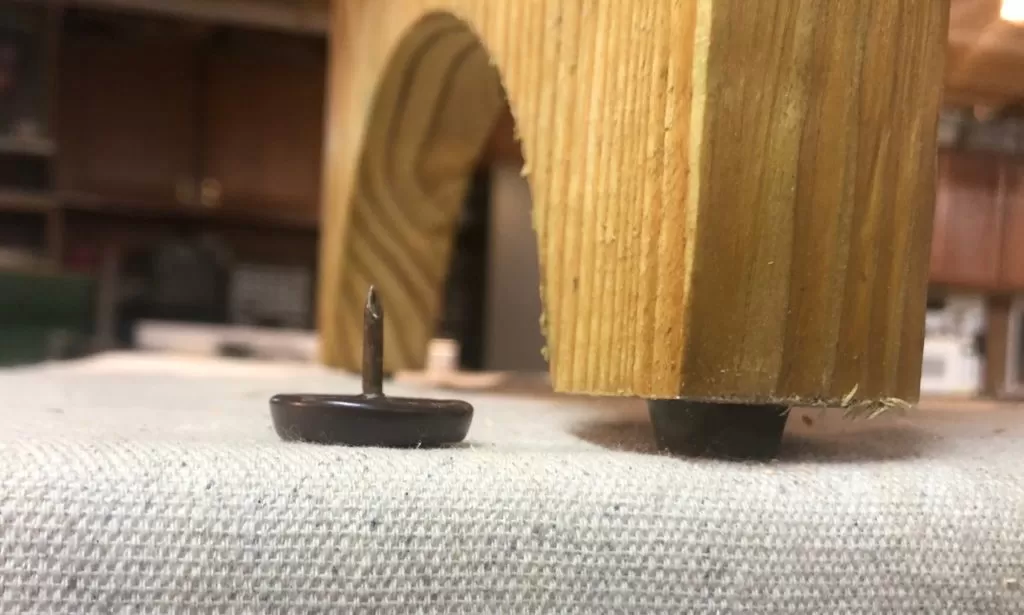
Until next time,
“When I’m working on a project, I never think about beauty. But when I’ve finished, if it is not beautiful, I know it’s wrong.” – Buckminster Fuller, architect
Bruce
